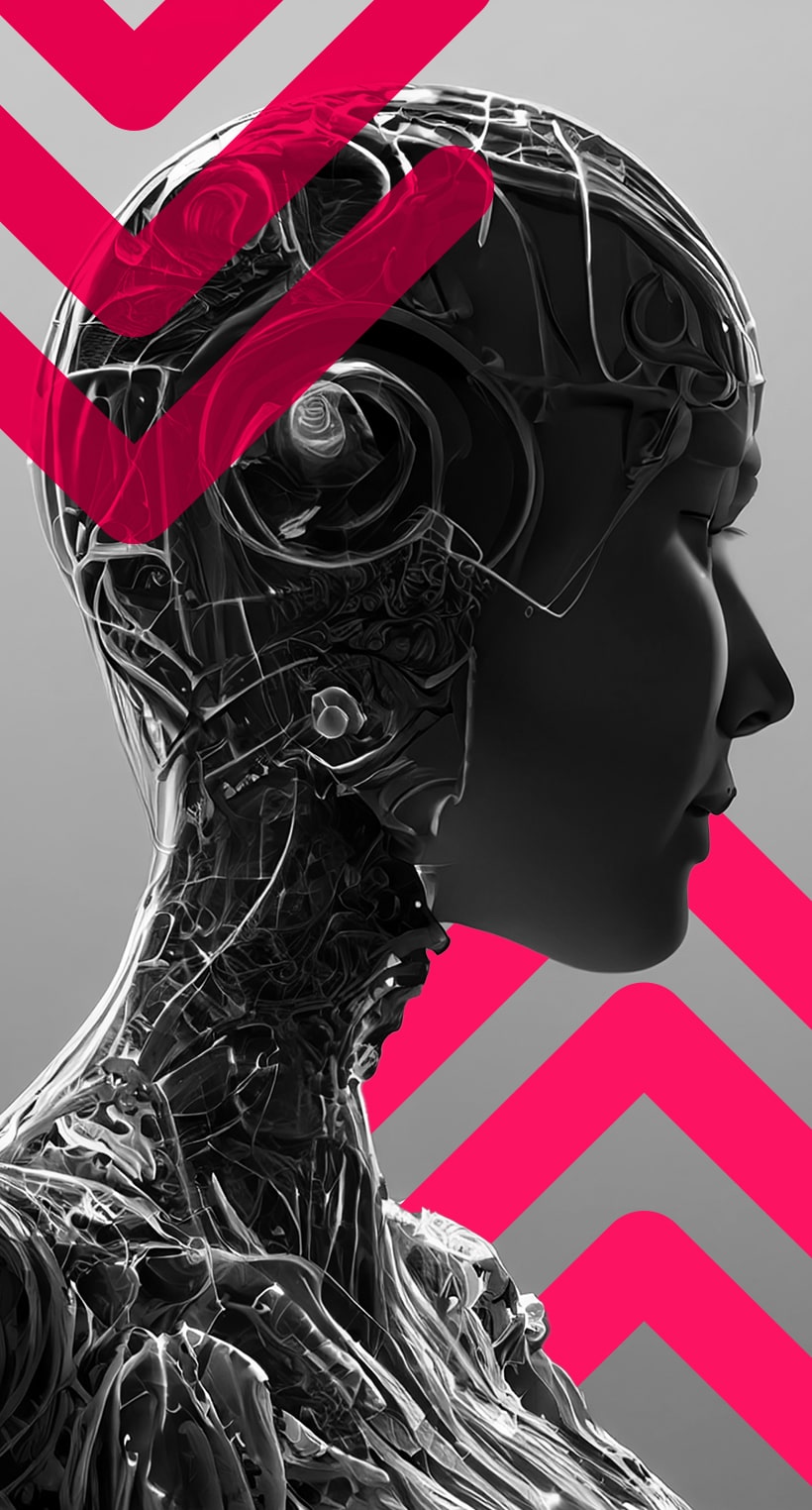As AI and business model experts, and educators ourselves, we feel a duty to shed light on how the AI gap is widening in the classrooms, leaving some institutions and students behind. For entrepreneurs and business owners, too, understanding this gap is crucial for contributing to the solution.
The crux of the matter lies in the stark contrast between educational institutions embracing AI integration and those lagging behind. While some schools leverage artificial intelligence to enhance teaching methods, personalise learning experiences, and streamline administrative tasks, others are stuck in traditional models that struggle to keep pace.
Think for a moment of two classrooms: the first one, which embraces AI-driven adaptive learning platforms, is already tailoring lessons to individual students’ needs, and providing real-time feedback to educators so that they can adapt their teaching methods accordingly. Meanwhile, in the other classroom, the one-size-fits-all approach prevails, leaving students with varying levels of understanding and engagement.
The consequences of this AI gap are profound. If we have learned anything from the past few decades of research in education, it is that we are not all equal when it comes to our educational needs or motivational drives. This is a beautiful thing; it is diverse, it is honest, but it is also a precarious reality for those who are not having those needs and uniqueness taken into account.
AI is part of the solution, paired with better training and psychological tools made available for educators, more funding for institutions, and easier access for students. Already, students in technologically advanced classrooms benefit from personalised learning paths, gaining a deeper understanding of subjects at their own pace. On the flip side, students in classrooms devoid of AI integration may find themselves grappling with standardised curricula that fail to address their unique learning styles.
Away from the classroom, entrepreneurs and business owners also have much to gain. The AI gap in education presents a fertile ground for innovation. There is a demand for solutions that bridge this divide, offering scalable and affordable AI-driven tools to institutions striving to catch up. Whether the aim is to develop adaptive learning platforms, AI-driven tutoring services, or tools for administrative efficiency, the market is ripe for those ready to step in.
But if we let the AI gap persist, its societal implications will only become more evident. Disparities in educational quality will lead to disparities in workforce readiness, hindering economic progress for sectors of the society which are already at a disadvantage.
Entrepreneurs who can recognise the broader societal impact of addressing the AI gap will not only tap into a lucrative market but also contribute to creating a more equitable future.
We must recognise, as a society, that closing the AI gap in education requires concerted efforts from educators, policymakers, and innovators. Schools must embrace change, integrating AI into their curricula and administrative processes. Policymakers play a crucial role in fostering an environment that incentivises AI adoption, while innovators have the opportunity to develop and deploy solutions that make AI integration accessible and effective.
In a nutshell, the AI gap in education is not just an educational concern; it’s a societal challenge that demands attention and action. Entrepreneurs and business owners have the chance to be catalysts for change, driving innovation that not only benefits their bottom line but also paves a more inclusive and technologically advanced road to educating our young.
Are you an educator or business owner looking to improve performance and equality in your classrooms? Book a free consultation with one of our experts today to discuss your goals and first steps.
;)
;)
;)